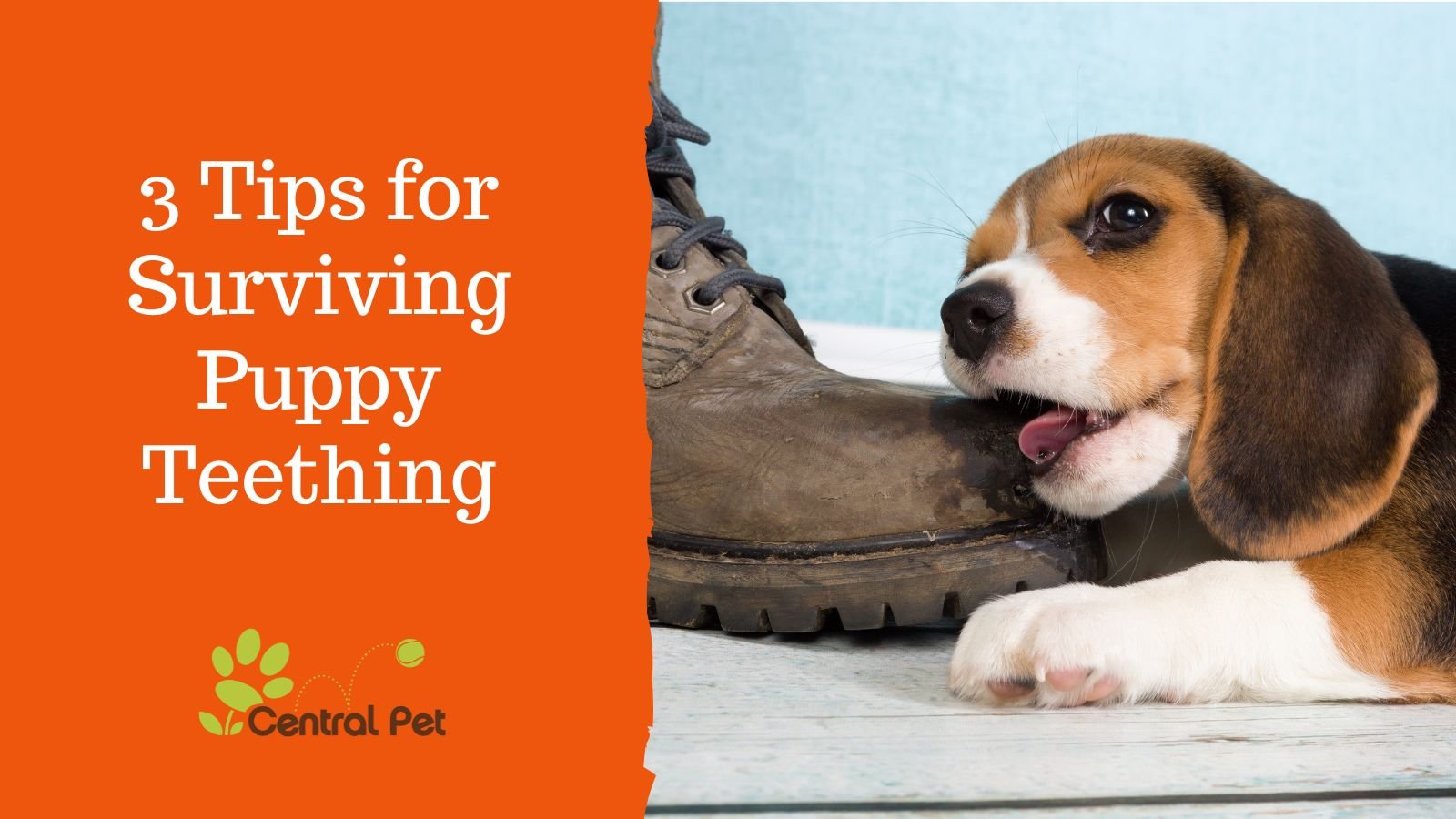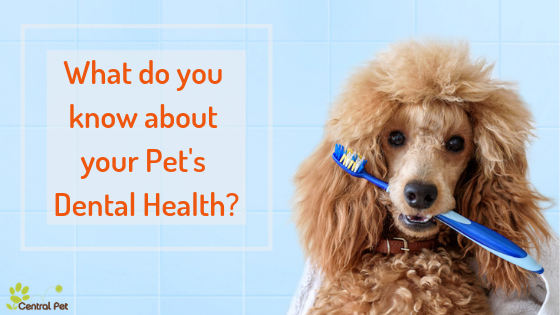Puppy teething is no walk in the park. From incessant chewing on everything around the house to finding puppy teeth stuck in your carpet, the stages of teething can be a difficult time for both you and your fur baby. With that said, there are steps you can take to make the process a little easier.
The Timeline of Teething
Teething— when puppy (deciduous) teeth are replaced by adult teeth — is a normal process all little furballs go through. While the rate at which teeth come and go varies among dogs, the general process usually begins around 3 months of age and ends at roughly six to eight months of age, resulting in a full mouth of 42 pearly whites.
Teething Relief For You and Your Pup
So just how can you make the teething process easier for you and your pup— and maybe even save the furniture and a few pairs of shoes? Here are 3 tips to get you started:
1. Puppy-Proof the House
During this process, you’ll need to block off areas you want to keep untouched by those developing chompers. For now, pick up things and put them away. Puppy-proof areas where he or she is allowed access and restrict freedom in other parts of the house by closing doors and/or using baby gates.
Bottom line: if it’s loose and you don’t want it chewed on, move it out of the puppy’s reach.
2. Use Chew Toys
Introducing your puppy to chew toys early on is a good way to save your household items from becoming teething targets. Chew toys should be smaller and softer for puppies to protect budding teeth. However, you’ll want to make sure that they are durable enough to handle aggressive gnawing.
Chew toys come in a wide variety of styles, making it easy to find something entertaining for your pup. Some styles to look for can include:
- Food dispensing toys
- Food stuff-able toys
- Digestible chews
- Rubber and plush toys
- Freezable chews
Teething relief could also come from things such as:
- Ice cubes
- Frozen carrots
- Uncooked sweet potatoes
- Mini pumpkins in quarters (easy enough for them to carry away)
3. Steer His or Her Attention Elsewhere
Sometimes, all it takes to get your puppy from chewing on something that’s off-limits is a little redirection. Find ways to get more exercise into your puppy’s daily routine. Go out for a walk or engage in a little playtime. A tired pup is less likely to be destructive.
Related Read: Tips for Training Your Puppy
Be Patient and Supportive
As your puppy cuts those new canines, be patient and supportive. Avoid using negative punishments, such as spanking or hitting. Instead, scold firmly but lovingly, confiscate whatever they are nibbling on, and then substitute it with something they are allowed to have. Over time, your pup will learn what is and isn’t OK to chew on.
Once teething is complete, be sure to make good oral care a priority. In addition to routine brushing, choose a puppy food that has important vitamins and minerals, such as calcium, which will help his or her new adult teeth to develop normally. To learn more about the importance of doggie dental care, read our blog Good Oral Hygiene for the Optimal Health of Your Pet.





